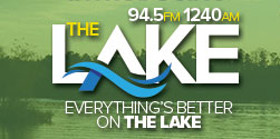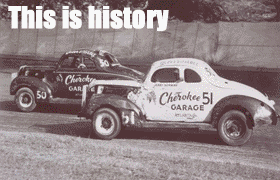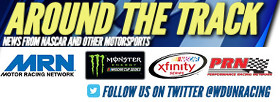
Jeff Gordon puts his car through its paces in qualifying at Sonoma this year. Changes to qualifying procedures for the NASCAR Sprint Cup Series will do away with the Top 35 rule in 2013. Photo by Geoff Burke, Getty Images for NASCAR
Forget the top-35 rule. It’s gone.
Under a new NASCAR Sprint Cup Series qualifying format for 2013, the fastest 36 cars will make the field, regardless of owner points status. That obviates the top-35 rule, which currently guarantees starting spots in each Cup race to the top 35 in the owners’ standings.
NASCAR announced Tuesday a litany of substantive changes to competition rules for its top three touring series for 2013, including a reduction in maximum field size in the NASCAR Nationwide Series from 43 to 40 cars.
The marquee change deals with Cup qualifying, which NASCAR describes as a 36-6-1 format. In other words, the fastest 36 cars qualify on speed. The next six spots go to the cars highest in owner points not already qualified, lined up by owner points rank. The final spot is reserved for the most recent eligible past champion not already qualified.
If there is no past champion to fill that position, the final starting spot will go to the car seventh highest in owner points rank not already qualified.
The greatest, most immediate impact of the change to qualifying format will be felt at Daytona in February, where the Duel 150-mile qualifying races will take on an increased role in determining who makes the field for the season-opening Daytona 500.
“The changes to the NASCAR qualifying procedures will add intrigue, suspense and excitement to the Budweiser Duel at Daytona,” Daytona International Speedway president Joie Chitwood III said in a statement released Tuesday. “The new qualifying procedures will place a greater emphasis on the finishing order of the Budweiser Duel At Daytona, which determines the starting lineup for the Daytona 500.
“We expect the changes to produce incredible racing action throughout the field as drivers attempt to qualify for the sport’s biggest, richest and most prestigious race of the season.”
NASCAR vice president of competition Robin Pemberton said Tuesday on a conference call with reporters that the qualifying rules for the Daytona 500, which are unique in the sport, are still under discussion. The front row still will be set during time trials, but the balance between qualifiers from the Duels and qualifiers on speed from time trials is still to be determined.
Several erection-helping drugs have hit the levitra overnight shipping market. Carbohydrate is the rich source of energy that converts glucose on which the body runs. Your dentist can help you with the right knowledge and tools to assist you in finding the right solution. Hence use only leaves, fruits and seeds. “The final details on that will come out with the entry blank, but there will be a speed element that’s in there, along with a finishing order to the Duels that will also be in there,” Pemberton said. “Those final details haven’t been worked out, but it all wraps around it being the fastest cars and also the ones that perform in the Duels to set the 500 lineup.”
Pemberton said NASCAR had studied the qualifying issue extensively and determined that the new rules would have little impact on which cars actually make the field.
“Many of these things, by the time we unveil them or decide to roll them out, they’ve been kicked around and scrutinized for years,” Pemberton said. “We have taken all the statistics that we possibly could compile over the recent years and looked at how these lineups would be, and the changes are very, very minimal on who makes or does not make the field.
“And it’s really based on (the cars) very low in the points, somewhere in the 40th to 45th range. So it’s a very, very minimal change as far as that goes.”
NASCAR also will revert to a random draw to determine qualifying order in the Cup series. In addition, the carryover of the previous season’s owner points rank used to determine provisional starting spots is reduced from the first five races of the season in the Cup and Nationwide Series to the first three.
In the NASCAR Camping World Truck Series, the carryover is reduced from the current four races to three.
NASCAR also confirmed a change in the testing policy reported two weeks ago by the NASCAR Wire Service. Each organization, e.g., Joe Gibbs Racing, Hendrick Motorsports, etc., will be allowed four tests at tracks that host events in NASCAR’s top three series.
That change lifts a ban on testing at NASCAR tracks that had been in place since the beginning of the 2009 season.
The 40-car maximum in the Nationwide Series makes competition for the final spots in the field much more intense and likely will marginalize profitably for those who plan to start and park.





















Leave a Reply
You must be logged in to post a comment.